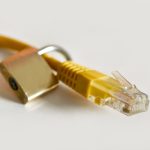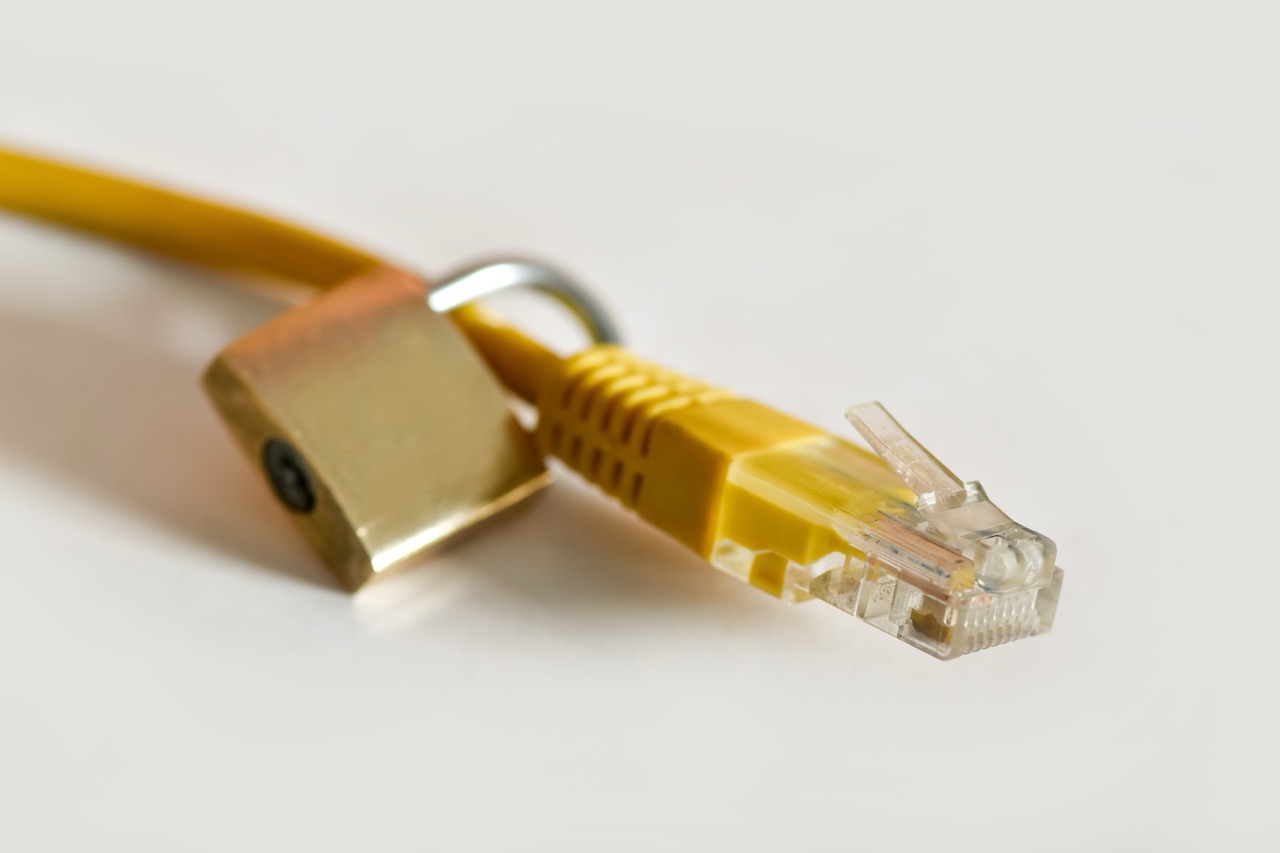In an era where the Internet of Things (IoT) is becoming increasingly prevalent, the security of connected devices has never been more critical. IoT devices, ranging from smart home appliances to industrial sensors, are often vulnerable to a myriad of cyber threats. Utilizing a Virtual Private Network (VPN) can significantly enhance the security of these devices by encrypting data and masking their IP addresses. This article aims to provide a comprehensive guide on how to effectively use a VPN to secure IoT devices.
Understanding the Importance of VPNs for IoT Security
As the number of IoT devices continues to rise, so does their appeal to cybercriminals. These devices often lack robust security measures, making them easy targets for hackers looking to exploit vulnerabilities and gain unauthorized access to networks. A VPN serves as a protective barrier, creating an encrypted tunnel that safeguards data transmitted between devices and the internet. This encryption is crucial, especially when devices connect to public or unsecured networks where data can be easily intercepted.
Moreover, VPNs help in disguising the IP addresses of IoT devices, making it considerably more difficult for attackers to locate and target them. By routing internet traffic through a secure server, VPNs also mitigate the risk of Distributed Denial of Service (DDoS) attacks, which can overwhelm and disable connected devices. Thus, incorporating a VPN into your IoT security strategy is not merely a precaution but a necessary measure to ensure the confidentiality, integrity, and availability of your devices and the data they handle.
Finally, the use of a VPN can also enable users to bypass geographical restrictions on specific services or content. For instance, certain smart home devices may offer limited functionality based on the user’s location. By using a VPN, users can connect to servers in different regions, effectively expanding the usability and functionality of their IoT devices. Therefore, VPNs not only enhance security but also improve the overall user experience with IoT technology.
Choosing the Right VPN Service for IoT Devices
When selecting a VPN for your IoT devices, it is essential to consider compatibility and performance. Not all VPN services are designed to work seamlessly with every device, especially those running on specialized operating systems. It’s crucial to choose a VPN that supports the specific protocols used by your IoT devices, such as OpenVPN or L2TP/IPsec, to ensure smooth integration and operation without causing connectivity issues.
Another vital factor is the VPN’s speed and bandwidth. IoT devices often require real-time data transmission, particularly in applications like video surveillance or smart home automation systems. A VPN that offers a high-speed connection and minimal latency is necessary to prevent lag or disruptions in service. Look for VPN providers that offer dedicated servers optimized for IoT traffic or those that allow for unlimited bandwidth without throttling.
Lastly, the level of security and privacy offered by a VPN service cannot be overlooked. Look for providers that utilize advanced encryption protocols such as AES-256, which is considered one of the most secure encryption standards. Additionally, a strict no-logs policy is essential to ensure that your browsing and device usage data remain private. Researching customer reviews and conducting comparisons can help identify a trustworthy VPN that meets both security and performance criteria.
Configuring Your VPN for Optimal IoT Device Protection
After selecting the right VPN service, the next step is proper configuration. Begin by installing the VPN software on your primary router, which ensures that all connected IoT devices automatically benefit from the VPN’s protective layers. Many modern routers support VPN connections directly, allowing you to configure the VPN settings through the router’s web interface. This method secures not only your IoT devices but also any other devices connected to your network.
When configuring your VPN, pay close attention to the settings related to protocol selection and DNS leak protection. Choosing a secure protocol like OpenVPN, which provides robust encryption, is essential for maintaining the integrity of your data. Additionally, enabling DNS leak protection ensures that DNS queries are routed through the VPN, preventing your ISP or other parties from tracking your online activities.
Regularly updating your VPN configurations is also crucial. VPN providers frequently release updates to enhance security features and fix potential vulnerabilities. Ensuring that your VPN software is up to date will help protect your IoT devices from emerging threats. Furthermore, conducting periodic reviews of your VPN performance and connectivity can help identify any issues that may affect the security of your devices.
Implementing VPNs on Various IoT Device Platforms
Different IoT devices and platforms require varying approaches for VPN implementation. For devices like smart cameras or smart thermostats, check if they support VPN configurations directly. Some manufacturers may provide built-in support for specific VPN services, which can simplify the setup process. Always refer to the device documentation to understand the best approach for your specific model.
For IoT devices that do not support VPN connections natively, consider setting up a virtual router or using a Raspberry Pi as a dedicated VPN client. These solutions can act as intermediaries, allowing multiple IoT devices to connect to the internet through the VPN connection established on the Raspberry Pi or virtual router. This approach offers a flexible and scalable way to secure several devices without compromising their operational integrity.
Finally, for corporate or industrial settings that utilize a large number of IoT devices, configuring a site-to-site VPN can provide enhanced security. This setup connects entire networks through a secure tunnel, allowing seamless communication between IoT devices across different locations. However, this configuration requires careful planning and implementation to ensure that security protocols are consistently applied across all connected devices.
Troubleshooting Common VPN Issues with IoT Devices
Despite the advantages of using a VPN, users may encounter various issues when connecting IoT devices. One common problem is the loss of connectivity or slow performance after implementing the VPN. This can often be attributed to insufficient bandwidth on the VPN server or an incompatible protocol. If you experience such issues, try switching to a less congested server or a different protocol that may enhance performance.
Another frequent issue is the device failing to connect to the network. This can occur if the router is not correctly configured to allow VPN traffic or if the IoT device has incorrect settings. To troubleshoot, verify that the router’s VPN settings align with the device requirements and that any necessary ports are opened. Restarting both the router and the IoT device can often resolve temporary connectivity hiccups.
Additionally, users may encounter problems with data leaks, which can undermine the security benefits of using a VPN. To prevent DNS or IP leaks, ensure that the VPN is configured to use its own DNS servers and that any leak protection features are enabled. Regularly testing for leaks using online tools can help identify potential vulnerabilities and ensure that your IoT devices remain secure.
Best Practices for Maintaining IoT Security with VPNs
Maintaining IoT security requires a proactive approach, especially when using a VPN. One of the best practices is to regularly update both your VPN and IoT device firmware. Manufacturers frequently release updates to patch vulnerabilities and enhance security features. Keeping your devices updated reduces the risk of exploitation by cybercriminals.
Another essential practice is to establish strong passwords for both your IoT devices and VPN accounts. Weak or default passwords are often the first targets for attackers. Utilizing complex, unique passwords and enabling two-factor authentication wherever possible adds an extra layer of security. Password managers can help in generating and storing strong passwords securely.
Finally, monitoring your IoT network activity can provide valuable insights into potential security threats. Use network management tools to track device behavior and detect any unusual activities that may indicate a security breach. Being vigilant and responsive to anomalies can help mitigate risks and ensure that your IoT devices remain secure over time.
In conclusion, utilizing a VPN to secure your IoT devices is an effective strategy to enhance privacy and protect against cyber threats. By understanding the importance of VPNs, selecting the right service, and configuring it correctly, you can significantly bolster your IoT security. Regular maintenance, troubleshooting, and adherence to best practices will ensure that your connected devices remain safe in an increasingly interconnected world. As the IoT landscape continues to evolve, proactive security measures like VPNs will play a pivotal role in safeguarding our digital environments.










